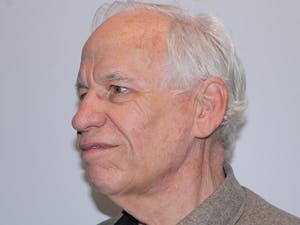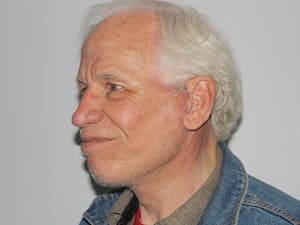A facelift in Phoenix using Dr. Craft's Renuvion cosmetic technology turns back time by addressing sagging skin in the neck, jawline, and mid-face, for a revitalized and youthful appearance. This innovative approach combines helium plasma and radiofrequency energy to tighten and contour with exceptional accuracy and control, surpassing the effects of surgery alone.
What is a Facelift?
A facelift procedure addresses the natural effects of aging by lifting and tightening sagging facial skin and underlying structures, resulting in a more youthful appearance. Over time, gravity can have a noticeable impact on the neck, jowls, and cheeks, causing them to lose firmness and definition. A facelift effectively targets and enhances these areas, providing a beautiful transformation that helps turn back the hands of time.













